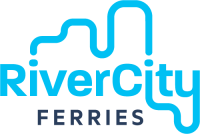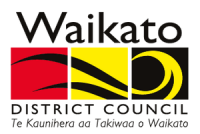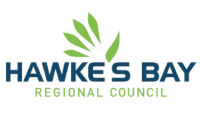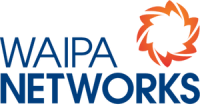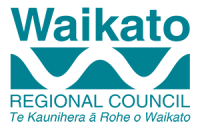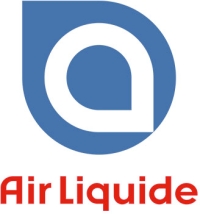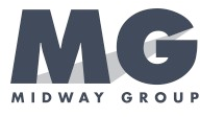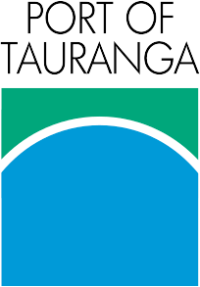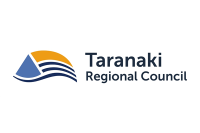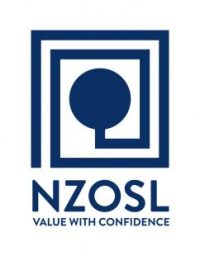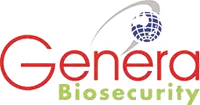Fit for purpose solutions
We Deliver Tailored Solutions That Save Lives
Not all solutions are made equal and at Guardian Angel we can guide you with impartial, evidence-based advice to make the responsible choice for the safety of your Lone Workers.
We Deliver Tailored Solutions That Save Lives
Not all solutions are made equal and at Guardian Angel we can guide you with impartial, evidence-based advice to make the responsible choice for the safety of your Lone Workers.
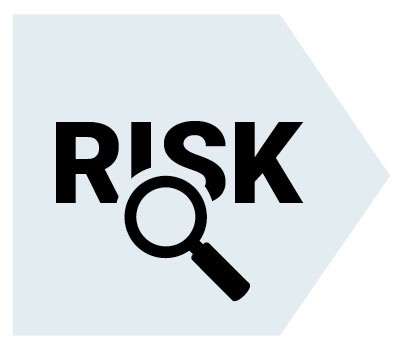
We identify key risks then recommend and supply a best fit for purpose solution to minimise and mitigate risk.
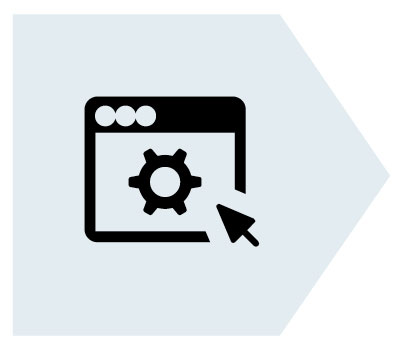
Develop Lone Worker policies and procedures that integrate into our customers HSS systems.
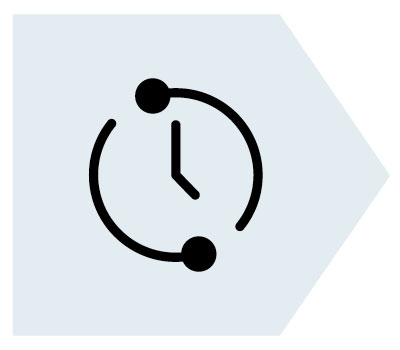
Specialised 24/7 Lone Worker Alert monitoring services via API integrated signals from hardware providers which includes monthly testing and reporting.
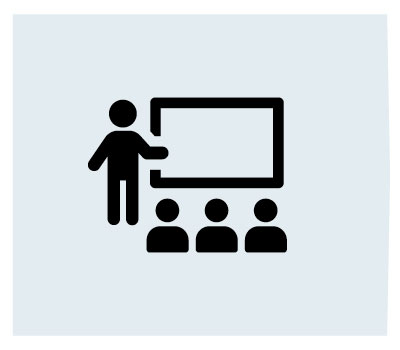
Train the users or trainers within our customers organisation and provide on-going solution support to all our Lone Workers.
Cell cover, satellite cover, mobile phone apps, indoor locating, fall detection, no movement, welfare checks, geo fences, group messaging & safety tracking.
Reliable Safety. No Compromises. We will guide you to the best fit for purpose solution for your staff regardless where they are working and what jobs they are doing. Alone, Remote, or both.
Guardian Angel Portal (GAP) stores all your user data, escalation contacts, response instructions and device ID’s in one secure place. Encrypted in transit and at rest with a full audit trail and separate from the GPS location of your staff ensuring that privacy and safety is protected. API available for integration to your HR software for automated data maintenance. SSO available. Also features the Safe Trips feature for enhanced field safety and visibility.
Establishing the network saturation of the areas your Lone Workers are operating in is imperative for a duress solution to deliver.
The GPS location and panic may always work, but if there’s no network to carry the signal out, nobody can respond.
Monitoring of Lone Workers is vastly different from monitoring of buildings or assets.
Our Monitoring station is in country and A1 Graded. Our operators have specific duress alert training and know all our solutions. We have rigid processes in place for a Priority 1 Lone Worker alarm. All our solutions are tested monthly with reporting in place. We have API integrations in place with all our solution providers to ensure the alerts are delivered fast and reliably direct to our response software.
Self-monitoring is an option for all our solutions.
Guardian Angel have a number of providers we partner with to ensure the correct solution is implemented for your staff.
Hardware partners whose solutions are proven, and whose delivery is trusted. All solutions have an option for wearable device or mobile phone app.
We work with established, proven Lone Worker specialised hardware manufacturers such as Blackline Safety, Garmin and Meitrack.
We can guide you with impartial, evidence-based advice to make the responsible choice for the safety of your Lone Workers.
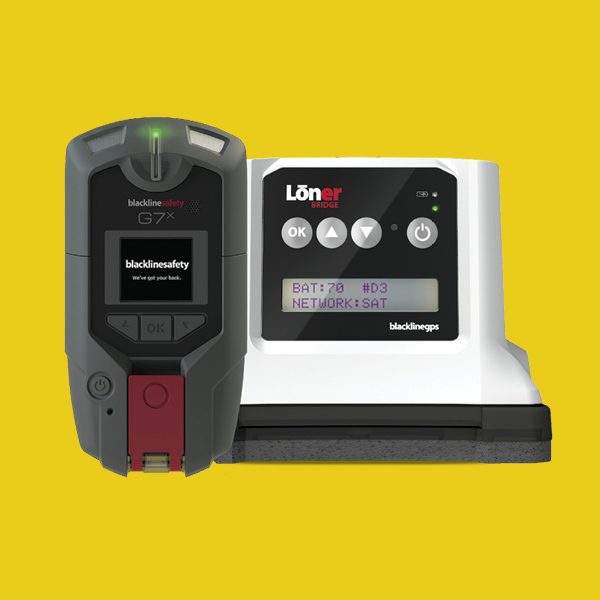
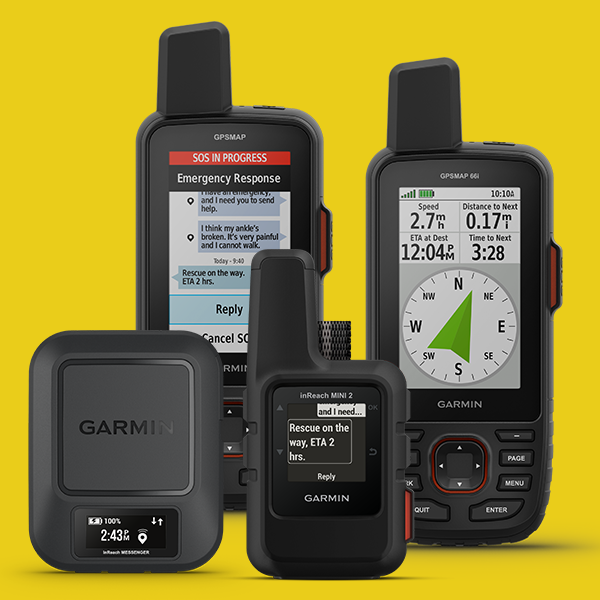
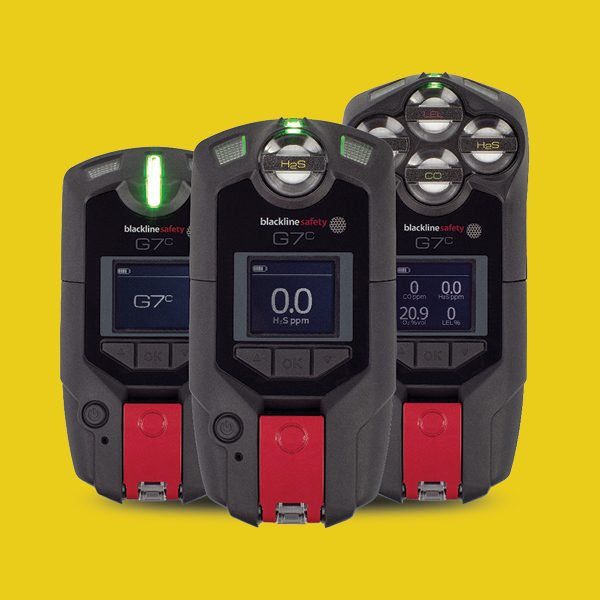
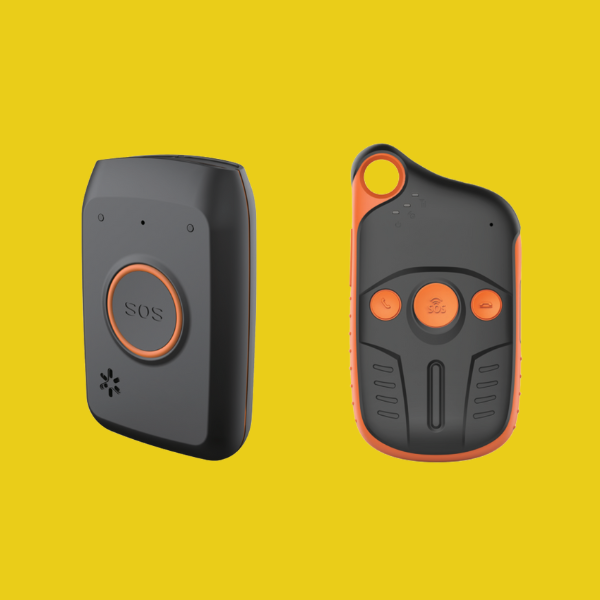
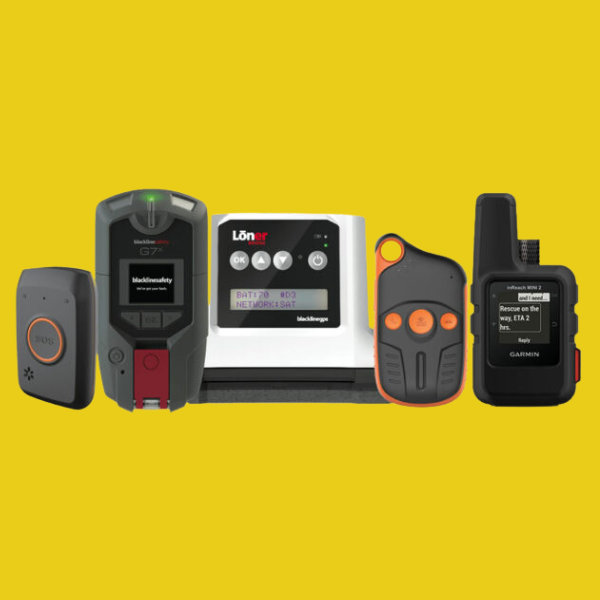
If your organisation needs to ensure the safety of your staff when working alone or remotely, you need to understand the different offerings available on the market.
Finding the best fit-for-purpose lone and remote worker solution and provider can be a minefield. We can provide impartial guidance to help you understand the hardware functionality, the software functionality, the processes for use, the incident response co-ordination, the training of end users and the maintenance of the data and regular testing.
Contact us now to discuss how we can best help you keep your lone workers safe.

If you’re looking at a cell based duress devices, and your staff enter buildings where the satellites can’t see them, you need to know it updates location (and sends this to the server) every 1 – 2min so that we can find them inside.
When the device goes into alarm, it should increase the frequency of the location updates to around every 15sec. This is so that if they’re running, driving or floating down a river we can still find them! Getting the location of where they are only when the device goes into alarm is not useful in a lot of incidents. On this note, also check that it’s at least 65 IP rated (67 is even better!) A lot of inferior devices run out of battery in just a few hours if the polling is set to 1min. You want to know it can do at least 15hours on 1min polling.
The location accuracy should be minimum +/- 5m. Any device you ask your staff to wear should be SAR tested and certified so that you and them know it’s safe for them to wear. Ask to see the certificate and check that it’s from a certified lab! (not mail ordered!). There are a number of devices on the market that say they are 3G but actually, they are 2G with a 3G SIM card. Watch out for those. There is no longer voice on 2G in NZ, and soon enough there will be no 2G at all and your device won’t work at all. Changing settings over air makes managing the devices so much easier. If we need to alter the tilt angels and delays etc, we want to be able to just log on and send the updates to the device over air. Having to gather them all up and plug them in to a computer to update them is painful and well…. It just won’t happen!
Satellite devices to protect commercial Lone Worker should only be on the iridium network. And the devices should be able to keep sending the SOS or message until it’s received by a satellite. If a worker does need help, to us, it’s vital that he gets a confirmation that the message has been received and help is on it’s way. Inferior devices do not send this confirmation.
Our out of cell cover lone workers are on a minimum 10min tracking plan. With some solutions, this gets very expensive so it’s worth checking the available data plans.
We regularly update settings on devices to suit different roles. You want to be able to log onto a platform, change the settings and push it out to selected devices in the field. Having to gather up the devices to sync them to a PC to get them updated is painful.
If a gas leak, health event or injury occurred right now, how fast could you respond? We can help you respond in seconds.
We recommend and supply G7 from Blackline Safety, the only solution in the world to deliver work-anywhere wireless, multi-gas detection, two-way voice communication, text messaging, evacuation management and complete customisation for every business.
For many cases that involve commercial or industrial buildings, GPS signals are blocked by the building completely and no GPS-computed location is available at all.
Blackline Safety’s indoor location technology solves this problem, making it possible to accurately locate an employee working indoors and around large buildings. Combined with custom floor plans, Blackline’s Location Beacon precisely displays an employee’s location on a Google™ map. The end result is the fastest possible emergency response to your employee’s exact location.
Location Beacons are compact, wireless positioning transmitters. Installed throughout facilities, Location Beacon should be placed wherever GPS signals are unreliable or unavailable.
Each beacon broadcasts a unique identity number that is received by your Blackline device, whether that be G7c/G7x, Loner M6/M6i, Loner 900, Loner SMD or Loner IS+.
Safety monitoring devices report the identity of each beacon within range back to the Blackline Live portal. Blackline Live uses associated location information to improve the accuracy of the device user’s reported location.
Delivering Lone Worker solutions for leading brands
